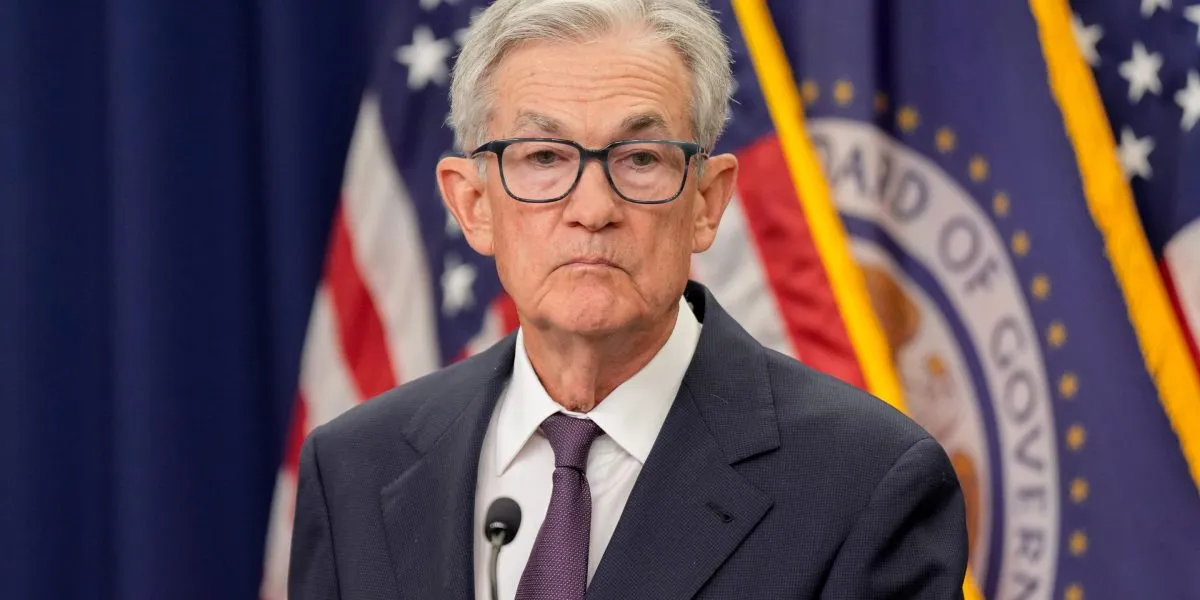
In a recent note to clients, chief economist Anders Sløk expressed a compelling viewpoint: “The consensus has been wrong since January.” Sløk’s insights reflect a stark contrast to the prevailing forecasts that have anticipated a slowdown in the U.S. economy for the past nine months. He emphasized the need for economists to critically evaluate their predictions, stating, “But the reality is that it has simply not happened.” This introspection among economists is crucial as they strive to understand the current economic landscape.
The second-quarter GDP showcased an impressive expansion at an annualized rate of 3.8%, which is notably robust given the Federal Reserve’s ongoing efforts to combat inflation. According to the Atlanta Fed’s GDPNow model, the third quarter may see even stronger growth, with predictions of a 3.9% increase. This comes despite widespread expectations that the lingering effects of elevated interest rates and tighter credit conditions would significantly hamper economic growth.
Contrary to these predictions, recent data indicates that consumer spending remains resilient. Additionally, business investment has not only held steady but has also surged in sectors linked to artificial intelligence, energy infrastructure, and manufacturing reshoring. Even the housing market, which typically reacts to interest rate changes, has exhibited surprising stability in key regional markets.
While Sløk acknowledged a slowdown in job growth, he attributed this to factors such as decreasing immigration rather than a sign of economic weakness. He declared, “The bottom line is that the U.S. economy remains remarkably resilient.” This assertion challenges the notion that the economy is on the verge of experiencing the delayed negative impacts of previous events, such as President Trump’s Liberation Day and the implementation of reciprocal tariffs.
Adding to the discourse, Mike Wilson, chief U.S. equity strategist at Morgan Stanley, has introduced the term “rolling recession” to describe the current economic climate. He posits that the economy has been navigating through recession-like conditions since 2022, even though conventional measurements have not captured this phenomenon. Instead, various segments of the economy have experienced downturns at different times, leading to what Wilson describes as a “rolling recession.”
Wilson argues that while headline figures such as GDP and unemployment appear stable, they mask serious underlying issues, such as a significant drop in hiring and stagnant median earnings growth. He believes that the economy hit its low point last spring, coinciding with the White House’s Liberation Day tariff measures, and has since begun to recover.
For investors, Sløk’s analysis presents crucial implications. If the economy is not weakening but instead gaining strength, the outlook for inflation could shift upwards. Although core inflation has decreased from its 2022 highs, Sløk warns that strong growth coupled with a more lenient monetary policy could reignite price pressures. He stated, “The upside risks to inflation are growing, particularly if the Fed continues to cut rates.”
The Federal Reserve recently executed its first rate reduction in years, signaling confidence that inflation is moving towards its target. Markets have responded by pricing in further rate cuts in the upcoming quarters. As of September 30, Sløk argued that the economy is strong and inflation remains high, presenting a case against the consensus prediction of a mere 50,000 payrolls in the forthcoming jobs report.
Sløk's sharpest comments were directed towards the forecasting community, highlighting a critical issue: repeated predictions of economic weakness that have not materialized have undermined economists' credibility. As the U.S. economy continues to defy expectations, it becomes increasingly essential for experts to refine their predictions and adapt to the evolving economic landscape.